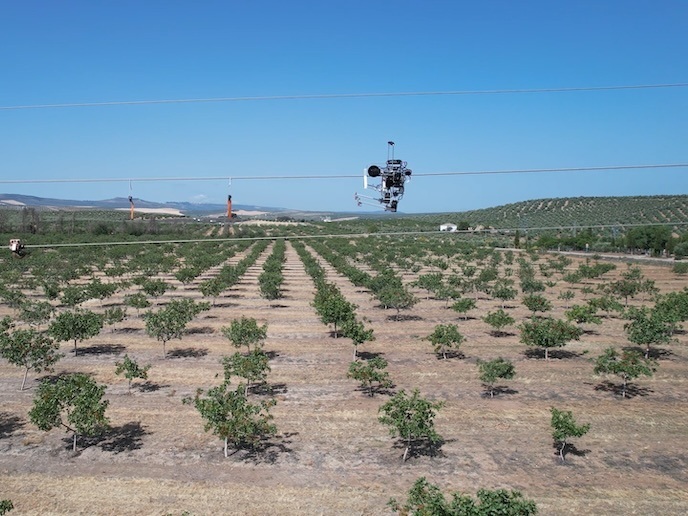Towards a cognisant, more capable drone
From inspecting power lines to assessing disaster zones and providing aerial footage for news and sporting events, drones are already having an oversized impact on society. But this is just the tip of the iceberg. With increased range, autonomy and safety, drones could perform even more complex tasks. Helping make this happen is the EU-funded AERIAL-CORE(opens in new window) project. “Our aerial cognitive robots offer an unprecedented level of capabilities in terms of operational range, safety and ability to interact with environmental objects and their human co-workers,” says Anibal Ollero, a researcher at the University of Seville(opens in new window) (website in Spanish) and AERIAL-CORE project coordinator.
A portfolio of aerial robotic designs
Amongst the project’s portfolio of aerial robots are vehicles with both fixed- and rotary-wing capabilities. Some also feature wing morphing, a capability that increases manoeuvrability, or mechanisms for perching along cables and poles. “One of our more unique designs is a drone that features a traditional fixed-wing configuration but can also flap, like a bird,” explains Ollero. “We also designed an omnidirectional, multirotor vehicle.” Many of the project’s aerial robotic concepts were developed into prototypes and tested in medium- and high-voltage line environments.
Drones with unique cognitive functionalities
While the individual drones may look different, they each share unique cognitive functionalities. These include capabilities such as visual on-board gesture recognition and autonomous landing, as well as such specific functions as the accurate tracking of electrical lines, the perching on these lines and large-scale vegetation mapping. “What makes these cognitive functions unique is the combination of autonomous behaviours that avoid dangerous human work at height, with the capability of aerial co-working, meaning these drones are cognisant and cooperate with both humans and other aerial robots,” adds Ollero. “As a result, they have the potential to be a real team player during, for example, power line inspections.”
A step change in how aerial robotics are used
Besides the drones themselves, the project also developed a number of innovative solutions. These include such add-on capabilities as robotic arms and end-effectors, both of which enable the dexterous, in-air manipulation of objects – a feature that has proved to be very beneficial when it comes to installing devices or separating cables. Researchers also created a battery charging device that allows a drone to get a charge from the electrical power lines it is working on. “All of our work has extended the operational range of aerial robots, improved the performance of on-board aerial manipulators and enhanced how these robots can safely interact with their human operators,” concludes Ollero. “Taken together, this represents a step change in the use of aerial robotics for inspecting and maintaining large infrastructures.” The project has published more than 230 articles, made over 160 additional presentations and organised 37 workshops. It has also obtained six patents. AERIAL-CORE and its team have been extensively recognised, having received 29 awards from some of the world’s leading conferences, national research bodies and research institutes. The team is currently focusing its efforts on further advancing some of the project’s technologies and solutions towards commercialisation.







